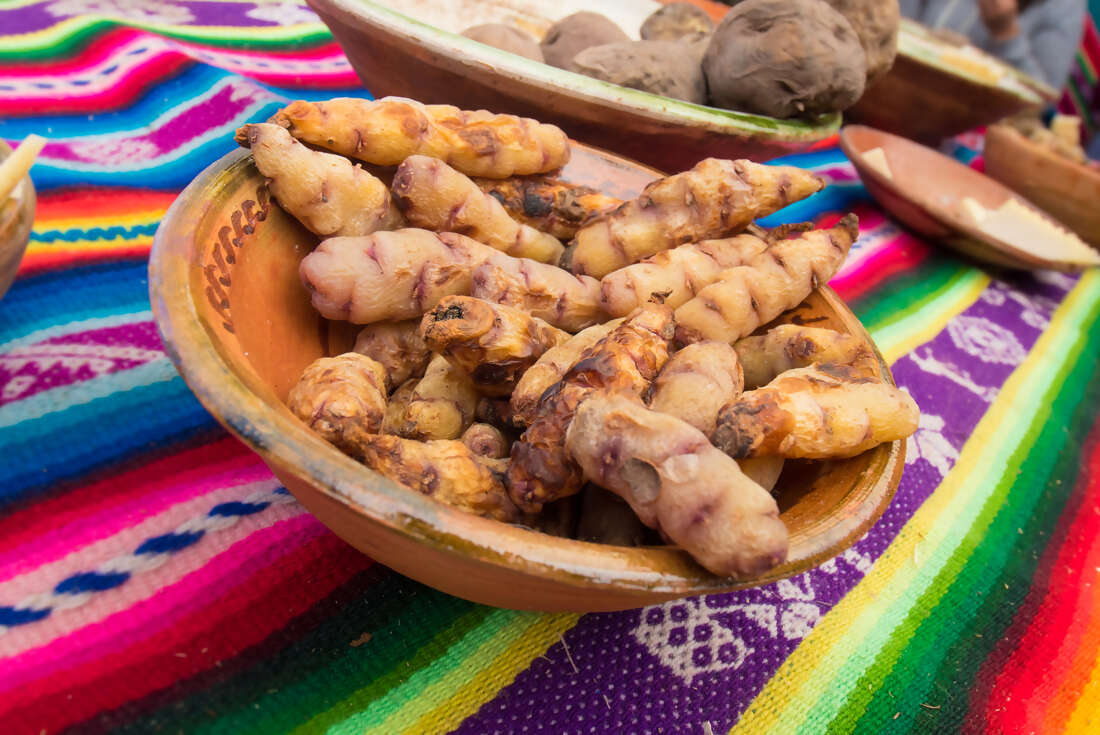 Walk beneath the Amazon Jungle's lush canopy, trek the llama-filled plains of the Sacred Valley and stroll the cobblestone streets of Cusco on this 15-day journey from Peru to Bolivia. Search for monkeys and medicinal plants in the Amazon, tackle the ancient road to Machu Picchu on the Inca Trail, experience a homestay in a traditional community on the shore of serene and immense Lake Titicaca and finish in La Paz, where indigenous cultures has survived despite hundreds of years of opression. The Sacred Land of the Inca will leave you breathless in more ways than one.
Walk beneath the Amazon Jungle's lush canopy, trek the llama-filled plains of the Sacred Valley and stroll the cobblestone streets of Cusco on this 15-day journey from Peru to Bolivia. Search for monkeys and medicinal plants in the Amazon, tackle the ancient road to Machu Picchu on the Inca Trail, experience a homestay in a traditional community on the shore of serene and immense Lake Titicaca and finish in La Paz, where indigenous cultures has survived despite hundreds of years of opression. The Sacred Land of the Inca will leave you breathless in more ways than one. Highlights
Marvel at the mother of all Inca cities, magical Machu Picchu, during a guided tour of the site. You can either get there the (very) old-fashioned way via the Inca Trail, or take a train if trekking’s not your thing
If you choose to trek the Inca Trail to ‘the City in the Clouds’, expect to be dazzled by ruins perched seamlessly in cloud forest, challenging mountain passes with snow-capped Andean views
Experience the untouched, evergreen splendour of the Amazon Jungle. Explore rainforest trails with a local guide, looking out for monkeys, parrots, and medicinal plants, then fall asleep in a lodge lit by candles and kerosene lamps
Take a guided stroll through Cusco, where Inca temples and Spanish cathedrals alike line the cobblestone streets
Visit the floating reed islands of Uros, a marvel of concept, construction and history that must be seen to be believed
Sleep in a mud-brick hut on the shore of vast, ancient Lake Titicaca during a homestay in a traditional Andean community
Finish up in eclectic, hectic La Paz, where indigenous Aymara or Quechua traditions have recently begun to flourish again after years of suppression
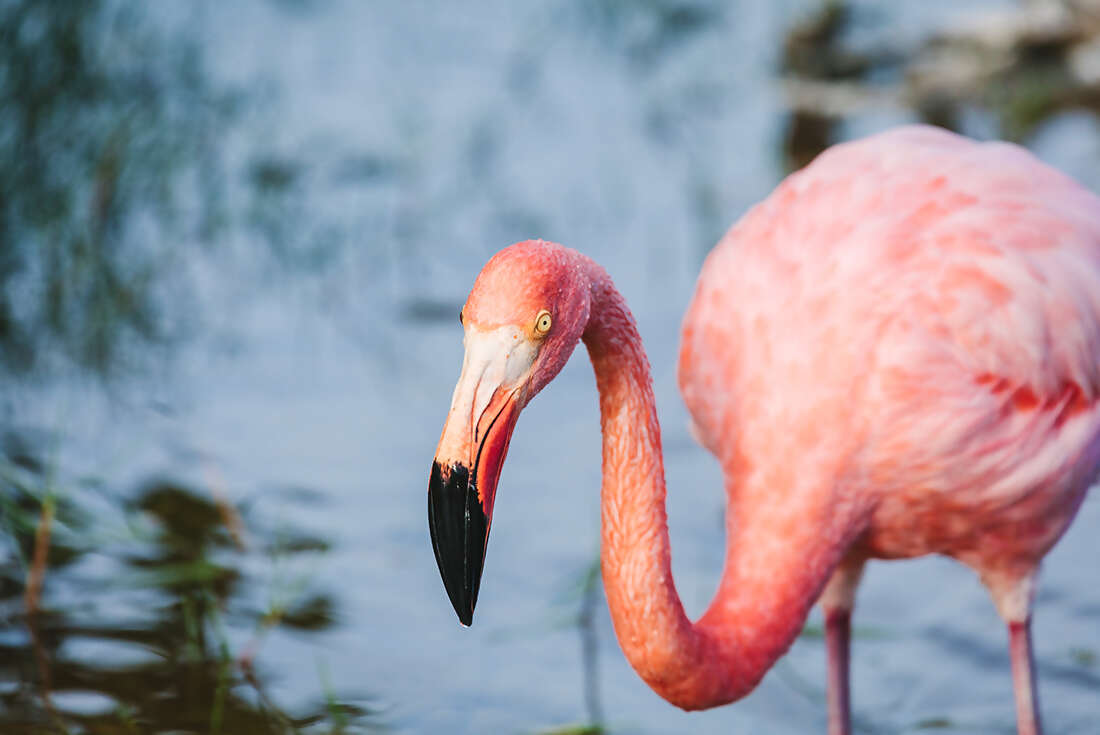
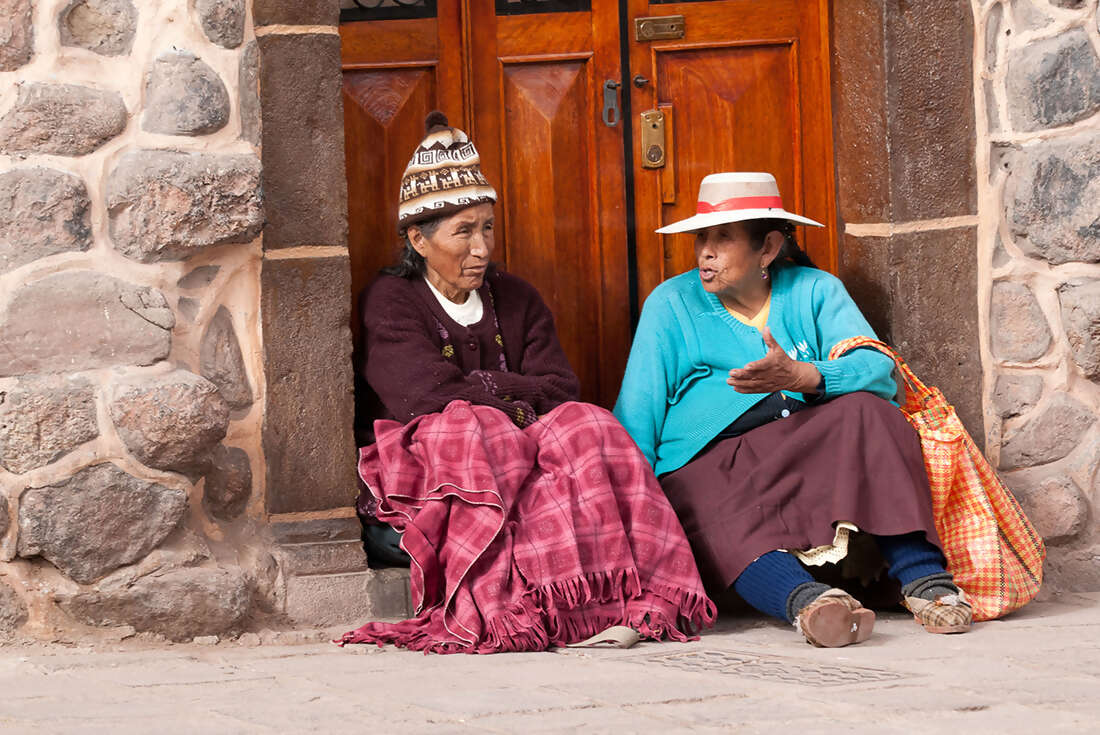

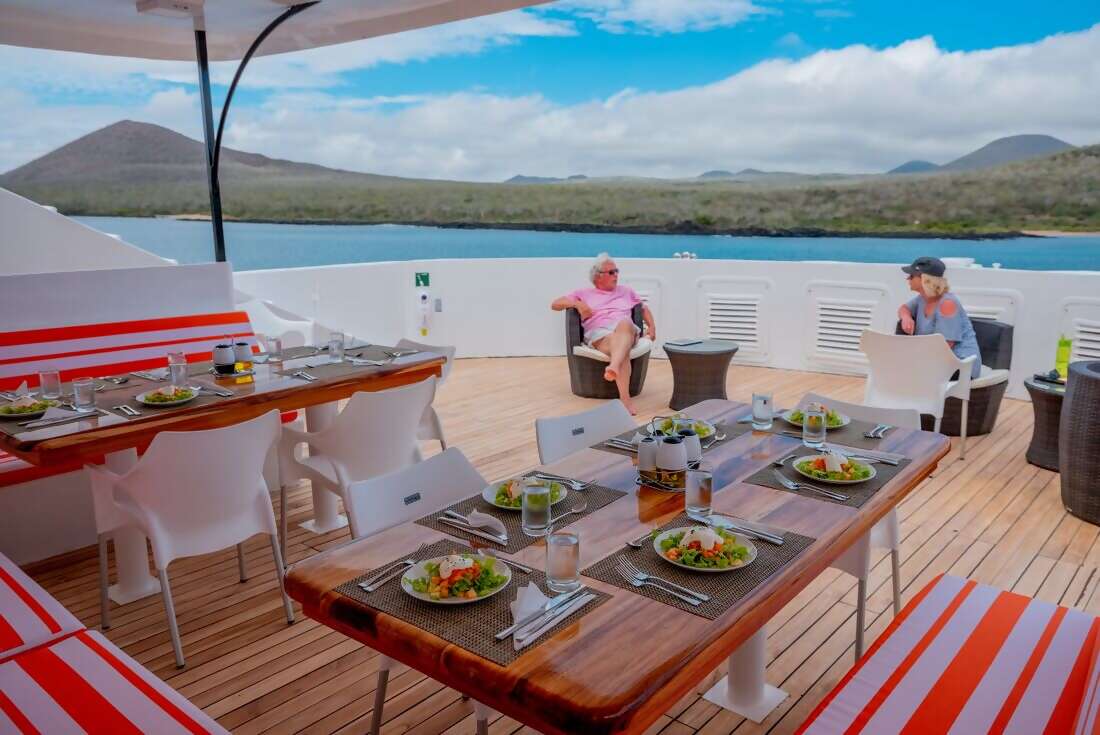


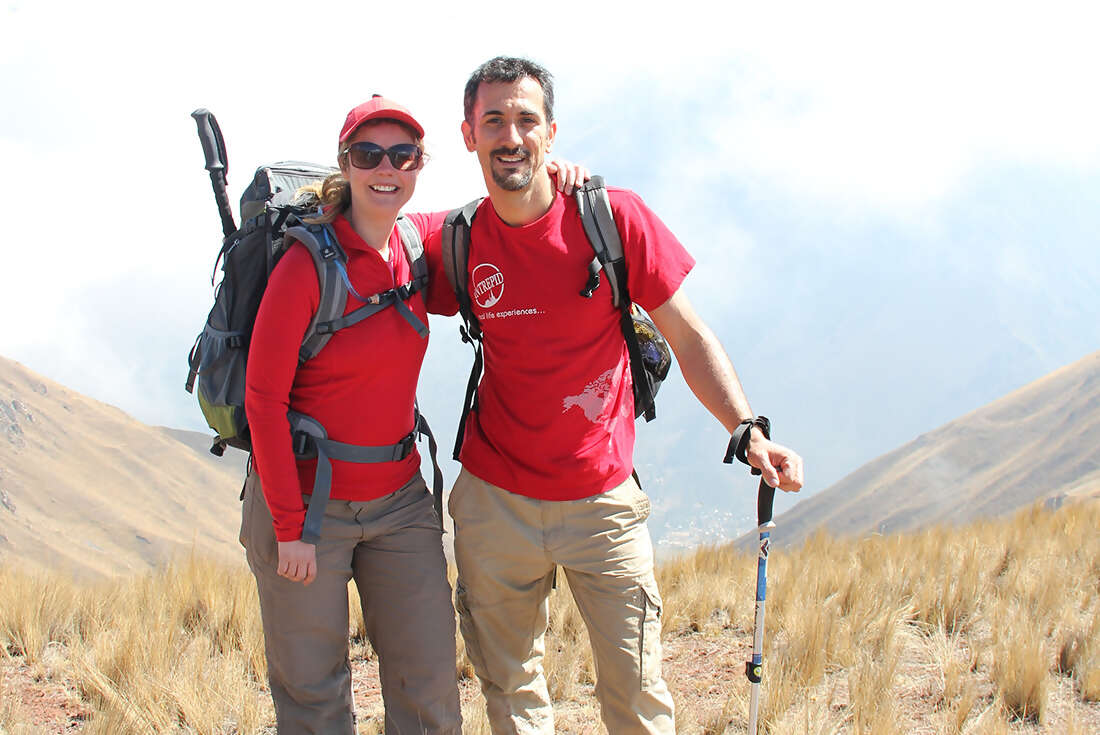

- You will visit the following places:
-

Lima
Lima is the capital and largest city of Peru. It is located in the valleys of the Chillón, Rímac and Lurín rivers, in the central part of the country, on a desert coast overlooking the Pacific Ocean. Together with the seaport of Callao, it forms a contiguous urban area known as the Lima Metropolitan Area. With a population fast approaching 9 million, Lima is the fifth largest city in Latin America, behind Mexico City, São Paulo, Buenos Aires and Rio de Janeiro. Lima is home to one of the largest financial hubs in Latin America. It has been defined as a beta world city by GaWC international rankings. It was founded by Spanish conquistador Francisco Pizarro on January 18, 1535, as La Ciudad de los Reyes, or "The City of Kings."
-

Cusco
Cusco, often spelled Cuzco, is a city in southeastern Peru, near the Urubamba Valley of the Andes mountain range. It is the capital of the Cusco Region as well as the Cusco Province. In 2013, the city had a population of 435,114. Located on the eastern end of the Knot of Cuzco, its elevation is around 3,400 m (11,200 ft). The site was the historic capital of the Inca Empire from the 13th until the 16th-century Spanish conquest. In 1983 Cusco was declared a World Heritage Site by UNESCO. It has become a major tourist destination, hosting nearly 2 million visitors a year. The Constitution of Peru designates it as the Historical Capital of Peru.